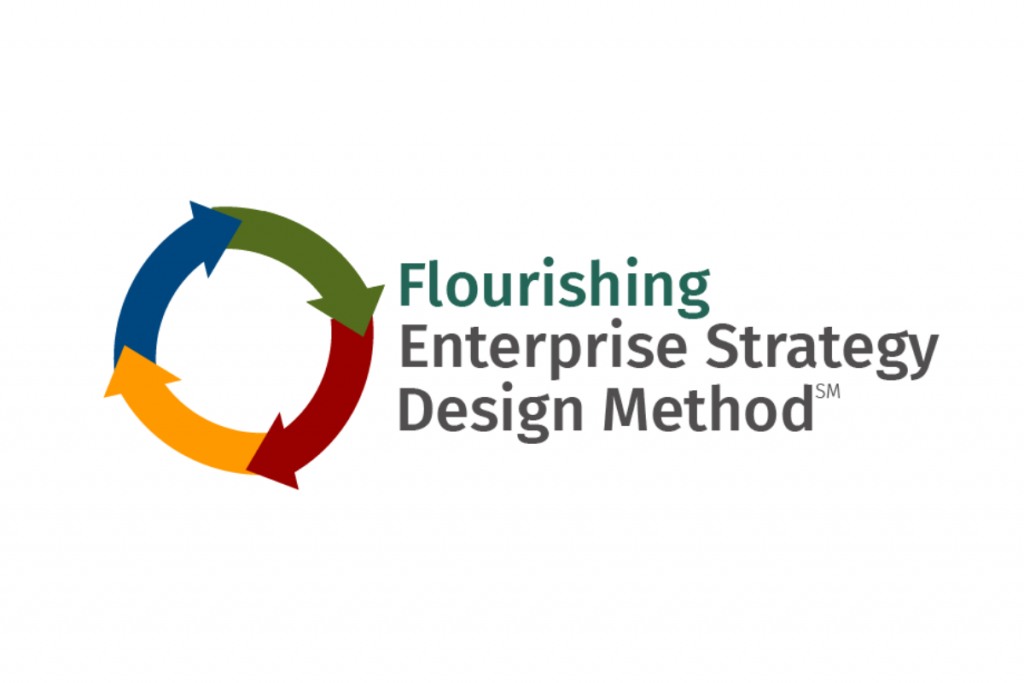Methods for the Effective Use of the Canvas
Backcasting – Starting with the End in Mind
We need an outcome from our businesses that is significantly different from today. Especially if we want those enterprises to enable sustainable flourishing.

Adapted from The Natural Step © 2011 – www.naturalstep.ca/abcd
Earlier planning techniques like forecasting do not explicitly focus on improving situations or the realization of normative goals, such as the realization of the United Nations Sustainable Development Goals (UN SDGs) or beyond to realizing the possibility for flourishing. Generally these earlier techniques extrapolate the future from the past without considering whether that future is desirable.
Instead in the methods for the effective use of the Flourishing Business Canvas the ABCD backcasting from principles approach is used.
The initial focus of backcasting (Step A) is to define where we want to end up in the far future, setting our North Star, likely decades in the future. The focus in this step is on identifying a scientifically feasible and values defined desired future. This is a future that explicitly and dramatically improves on current situations but is constrained by what the science of sustainable flourishing can tell us is feasible. To make the science accessible we use approaches such as the Framework for Strategic Sustainable Development System Conditions and the Future-Fit Business Benchmark (a business specific interpretation of the system conditions). The inspiring future vision business model captured using the Flourishing Business Canvas, conveys this desired long term view of the enterprise.
Next the current situation, the baseline, is examined (Step B). The current business model is captured using the Flourishing Business Canvas. The process of capturing the current business model ensures that all the stakeholders have a shared understanding of where the business is today.
In Step C the Inspiring Future Vision is compared to the Baseline. Gaps in technology, capability, capacity, investment and other aspects are identified and strategies and an innovation agenda developed to close those gaps over time. The first ideas of what the first steps on the journey from the present to the inspiring future vision are developed and captured on the Flourishing Business Canvas. Usually there will be multiple options identified
Lastly in Step D the multiple possible business models are evaluated using a series of prioritizing questions. Of the possible business models, or combinations of parts of them, which one of them
- Aligns with our values?
- Move us in the right direction towards the inspiring vision?
- Is it a flexible platform to deal with change as it happens on the journey?
- Provides a good return on investment?
The business model that best responds to these questions is then selected as the next business model to be implemented, usually a view 12-24 months into the future.
As with all iterative design methods, in the ABCD backcasting approach insights are gained by completing a cycle of all the steps, and learning from the total experience of what then unfolds in the real world.

Flourishing Enterprise Strategy Design Method
Flourishing Enterprise Strategy Design Method is an approach for the practical and pragmatic use of the Canvas and backcasting to develop and test strategies for established enterprises.

Flourishing Startup Method
Flourishing Startups Method is an approach for the practical and pragmatic use of the Canvas and backcasting to start and test new enterprises.
